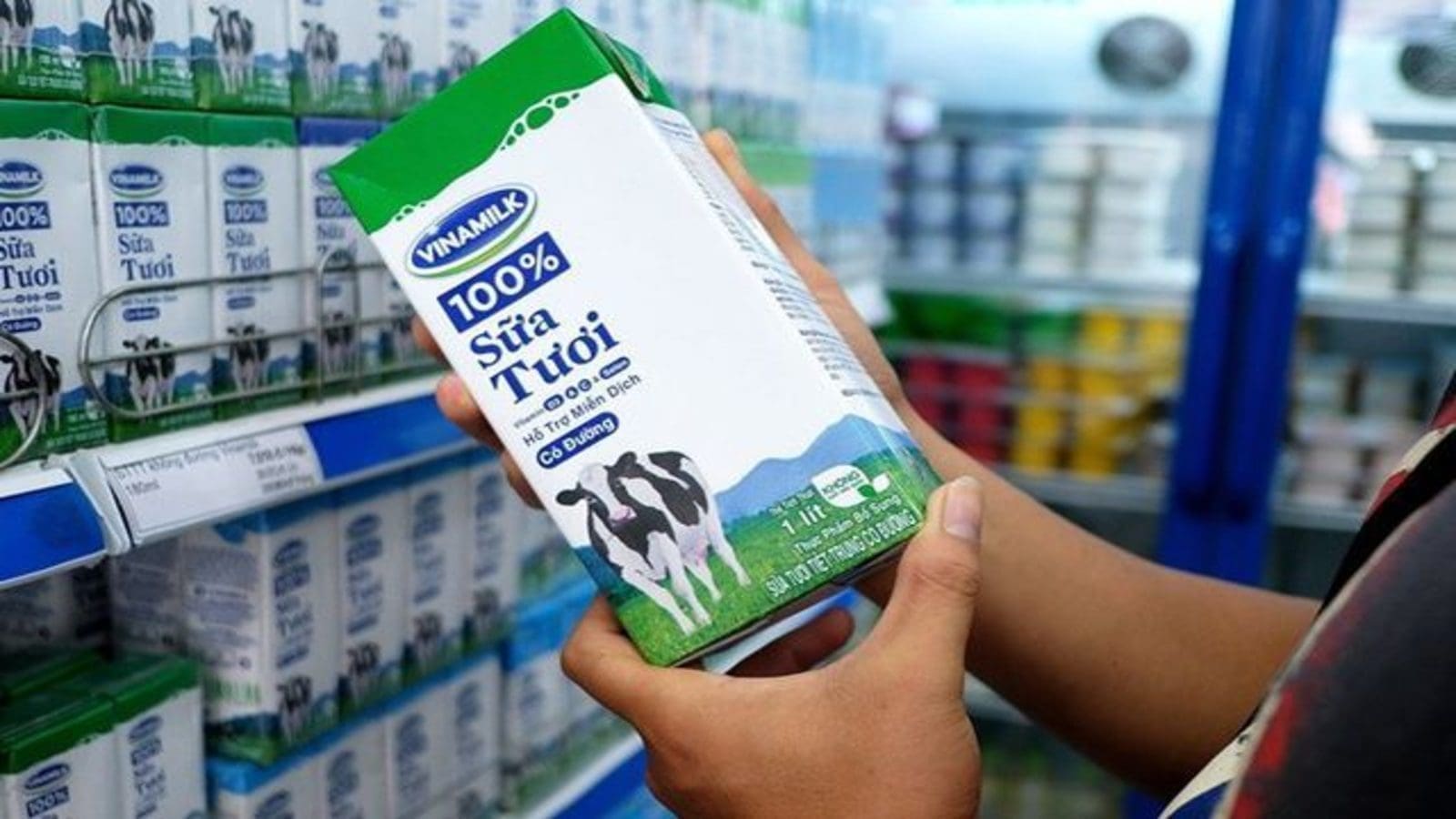US – Kemin Food Technologies, a food shelf-life extension specialist, has developed a nitrite alternative marketed as an all-in-one solution, Rubinite GC Dry, for use in the first stage of emulsified cooked sausages.
The company said the label-friendly ingredient maintains product stability with active molecules from plant extracts, which also provide a natural pink color.
Rubinite GC Dry’s buffered vinegar also provides optimal microbial protection against foodborne pathogens, such as Clostridium botulinum and Listeria monocytogenes.
The buffered vinegar used in the Rubinite GC Dry solution is produced at Kemin Food Technologies – EMEA’s new facility in Crema, Italy.
Kemin Food Technologies noted that the Rubinite GC Dry ingredient offering food safety while maintaining taste and colour is available for food producers in Europe, the Middle East, and Africa (EMEA) region.
“Nitrite is responsible for the bright-pink to the red color we like to see when buying processed meat, but it also functions as an antioxidant and a preservative to protect against foodborne pathogens,” said Caroline Ecoffard, product platform manager, Kemin Food Technologies – EMEA.
“Over time, though, authorities have looked closer into nitrite as an ingredient. Since the 1970s, the legal limit of its inclusion in processed meat has been decreased, and authorities keep decreasing the permitted level of nitrite, which reinforces a negative perception of the ingredient and its use.”
By developing a nitrite-free solution, Caroline said the company can offer food manufacturers the opportunity to remove ascorbate or diacetate from their formula, thus cleaning up their product labels while also addressing the general health concerns consumers have flagged on “chemical-sounding” ingredients.
Studies support this shifting mindset, as the Innova Market Insights’ 2019 Consumer Survey showed two out of three European consumers say they specifically want to avoid products with ingredients that are difficult to understand.
For the past two decades, nitrites have been the most commonly used ingredient to cure meat, but their lack of clarity makes it difficult for consumers to understand the purpose of the ingredient in their food.
Nitrite can be recognizable by the E250 label on the packaging. It has the potential to form carcinogenic nitrosamines in your body, is already prohibited in baby- and children’s food (up to six months of age), and is not recommended for pregnant women.
In 2017, EFSA evaluated the safety of nitrites and nitrates, noticing high nitrosamine levels in meat products. However, the body did not have at the time “sufficient information to link these levels to nitrites intentionally added to food.
The company said the ingredient can be used alone or in combination; for example, with reduced levels of nitrate salts.
This customization from Kemin’s Customer Laboratory Services allows them to serve the final application and country regulation impacting the finished product.
Processed meat and meat products are still integral to consumers’ food purchasing, with chilled cuts of meat and sausage being the third and fourth, respectively, most purchased manufactured products among all food and beverage categories.
Even as nitrites are allowed as food preservatives, companies are proactively making efforts to switch them with other alternatives.
For all the latest food industry news from Africa and the World, subscribe to our NEWSLETTER, follow us on Twitter and LinkedIn, like us on Facebook and subscribe to our YouTube channel.











